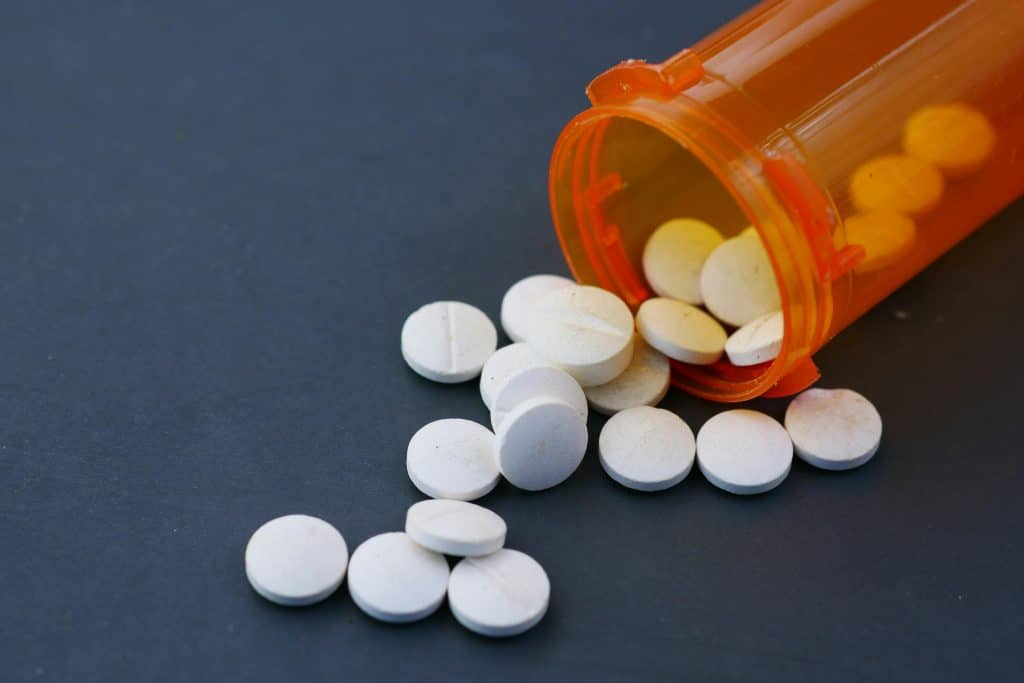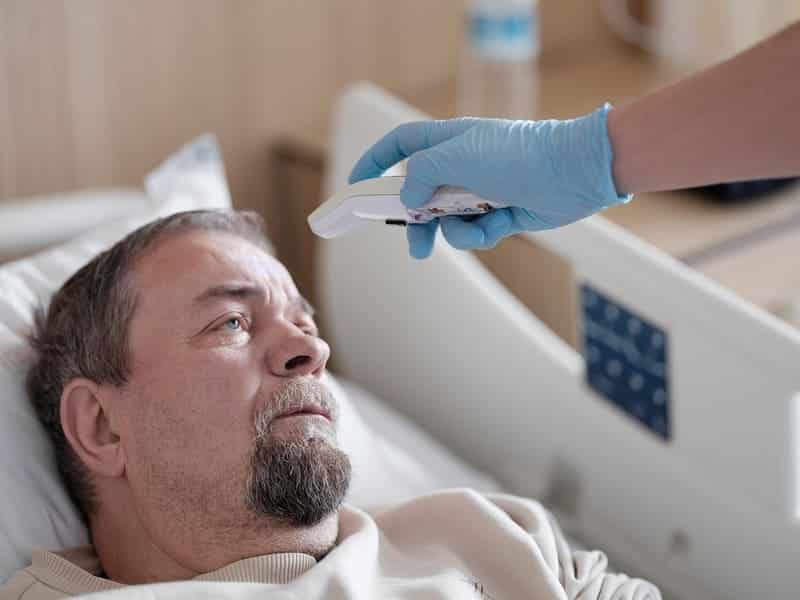There is a terrible opioid crisis in the USA. As part of making America healthy again, the FDA has just approved a new painkilling prescription drug called Journavx. It is not addictive. Unlike opioids like morphine and fentanyl, Journavx does not bind to opioid receptors in the brain. Instead, this new drug binds to a different class of receptors (sodium channels) on sensory nerves. It is approved for treating acute (short-term) pain. Its use to treat chronic (long-term) pain is scheduled for final review by the FDA
New Non-Opioid Painkiller to End The Opioid Crisis
The FDA has approved a new painkiller called Journavx (also known as suzetrigine) that may help end the opioid crisis in the USA. Journavx is not an opioid. It is not addictive. Unlike fentanyl, codeine, morphine, heroin, oxycodone (OxyContin), and hydrocodone (Vicodin), it does not bind to opioid receptors in the brain and the gut.
That is, cells in the human body have many proteins that can send and receive messages from drugs. These proteins are called receptors. Many cells in our gut and brain have receptors that bind to the class of chemicals called opioid receptors. These receptors bind our naturally occurring opioids called endorphins and enkephalins.
These natural opioids are good for us. They make us feel good without becoming addicted. For example, when exercising or after sex, our brain cells produce endorphins and enkephalins that make us feel good. Sadly, fentanyl and other drugs are addictive and cause far too many deaths each year. This crisis has led to tariffs and the current trade war that the world is having to suffer through. The tariffs have already cost trillions of dollars of lost market capitalization and uncounted human suffering.
Pain Can Be Unbearable
Even though many politicians may not understand, pain can be unbearable and lead to suicide. It is cruel to make people who have a terminal illness like cancer suffer terribly in the last days of their lives. Prescription opioids can make their final days almost bearable for the victims and their caregivers. This led to the widespread use of drugs like oxycodone (OxyContin) and morphine.
Tragically, when a patient can no longer get a doctor to write a prescription, there is the option of buying illegal drugs. Since fentanyl is much more powerful and cheaper than heroin, it has become widespread and killed far too many people. This is the opioid crisis.
So, pharmaceutical companies have developed new pain killers (analgesics) that do not bind to opioid receptors and are not addictive. The FDA has accelerated the approval process using the programs called Breakthrough Therapy, Fast Track, and Priority Review. As a result, Journavx has been approved for treating acute pain.
This will help slow down the opioid crisis. More importantly, Journavx can also treat chronic pain, based on clinical trials. So, the FDA is supposed to review the application for using Journavx to treat the same kind of chronic pain that is currently treated with opioids.
We need the FDA
We need the FDA to help end the opioid crisis. However, the FDA is no longer what it once was. Almost half of all the senior management in the FDA have been removed or fired. Many of the FDA scientists who have marketable skills are leaving as they find more secure jobs that pay better outside of the government.
As a result, it could be a long time before the FDA can review the data and hopefully approve Journavx for treating chronic pain. Sadly, the FDA also has many vaccines, medical devices, and drugs that it is supposed to review. So, Journavx and even the flu vaccine for the Fall of this year may never be approved.
Moreover, the FDA has a project called Sentinel that monitors drugs, medical devices, and vaccines after they have been approved and entered the market. Project Sentinel has identified many adverse side effects that were not apparent during the clinical trials.
Many people could suffer and die from such effects without anyone knowing. Also, the next time that there is widespread food poisoning, the FDA may not have the resources it needs to find out which food has caused the poisoning. So, the lives of far too many people are in jeopardy. With sufficient resources, they can end the opioid crisis.










